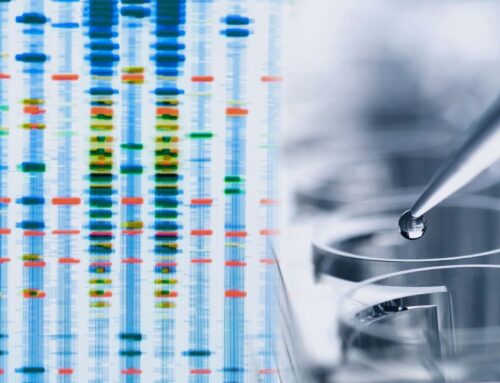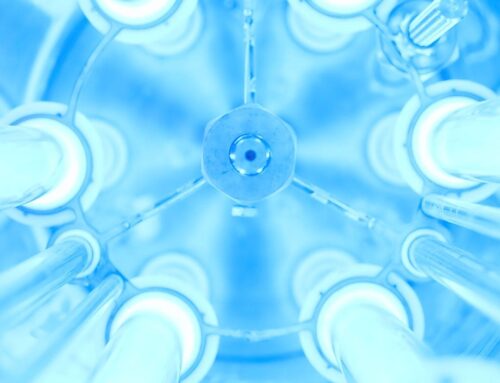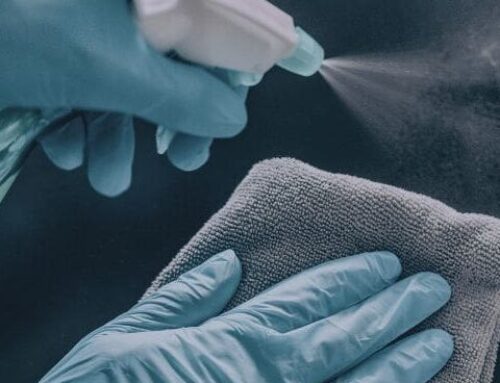July 2022
Personal care products like cleansers, serums, lotions and moisturizers are easily contaminated by microbes naturally present on skin and in tap water.
Contamination can then lead to product deterioration, spoilage and discoloration. Effective preservatives – often more than one working together as a system – ensure both product stability and consumer safety.
Causes of Microbial Growth in Cosmetics
Bacteria and fungi thrive wherever there is water and food. In the context of personal care products, water is often the base of the formulation. Bacteria and fungi can turn ingredients like emollients, polymers, and coloring agents into food using a variety of enzymes. Once microbes have a toe hold in a product, their growth is typically exponential: one cell divides into two, two into four, and so on. In certain products, levels of contaminants can be astounding, upwards of ten million cells per gram. Bacterial contamination is often imperceptible, so regular testing is key.
Concerning Pathogens
The FDA reports the most common pathogens of concern in cosmetics are Staphylococcus aureus, Pseudomonas aeruginosa, Escherichia coli, and Candida albicans. In Microchem’s experience, various species of Burkholderia and Pluralibacter are also problematic. Bacillus species may be seen in cosmetics, but are not often associated with disease. A wide variety of molds can take hold in cosmetics, usually in products with lower water activity or products with physical substrates like towelettes and facial masks. Some molds can cause disease. Virtually all molds cause major, readily visible aesthetic problems.
Preservative Systems and Efficacy:
Preservatives are antimicrobial ingredients, synthetic or natural, added to products to maintain microbiological safety by inhibiting the growth of microorganisms or reducing their levels. The five most common types of preservatives used in cosmetics are parabens, formaldehyde releasers, isothiazolinones, phenoxyethanol, and organic acids. At Microchem, we know the importance of a robust preservative system and are here to help test its efficacy through PETs.
Preservative Efficacy Tests (PETs) are methods for analyzing a formula’s ability to withstand microbial attack. USP <51> is the most widely recognized method in the U.S. and is required by many large retailers including Amazon, Whole Foods, QVC, and CVS.
Your brand and formula deserve the highest degree of care when working with a third party testing lab. Microchem has the technical staff necessary to make your path to market smooth. Understanding your product niche, function, and goals is a priority for us. If you wish to learn more or are interested in cosmetic testing, please contact us.




